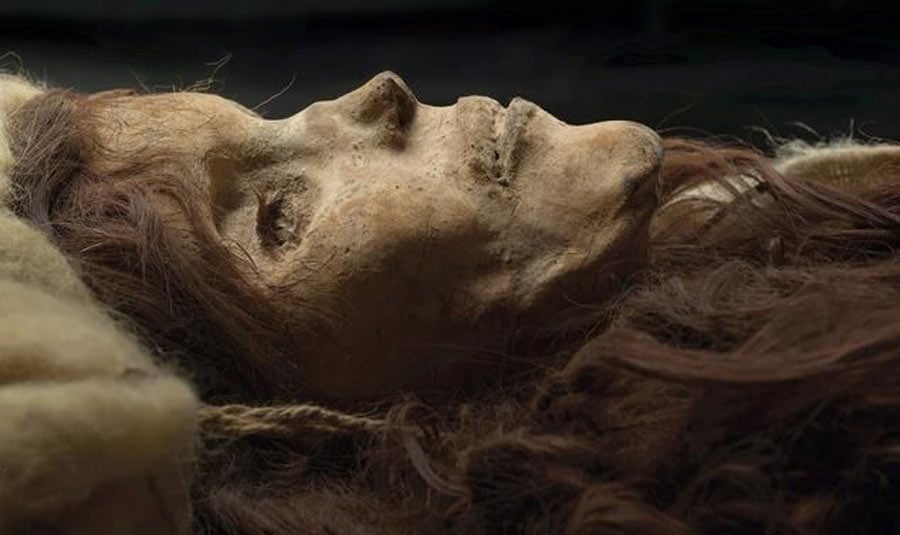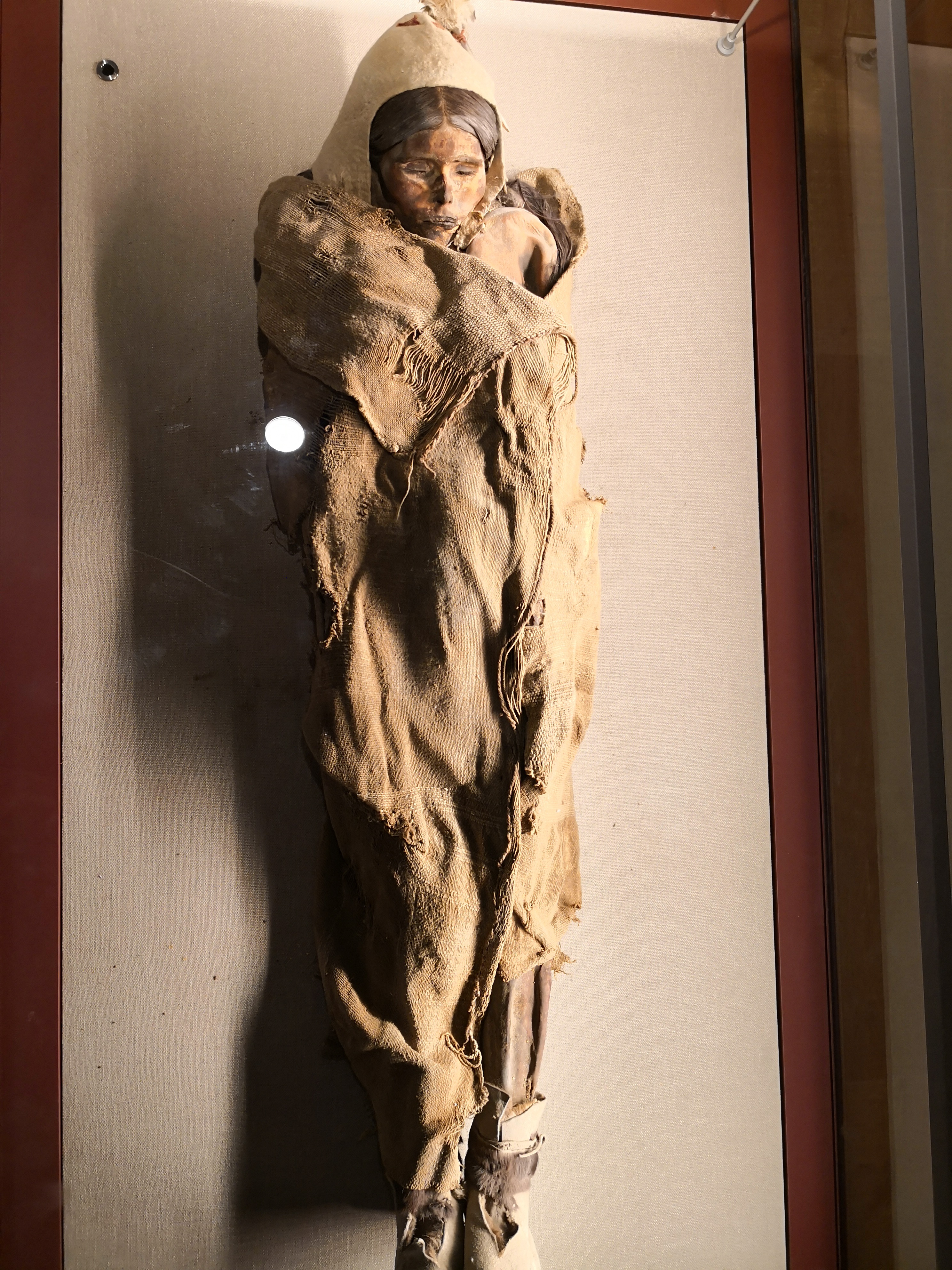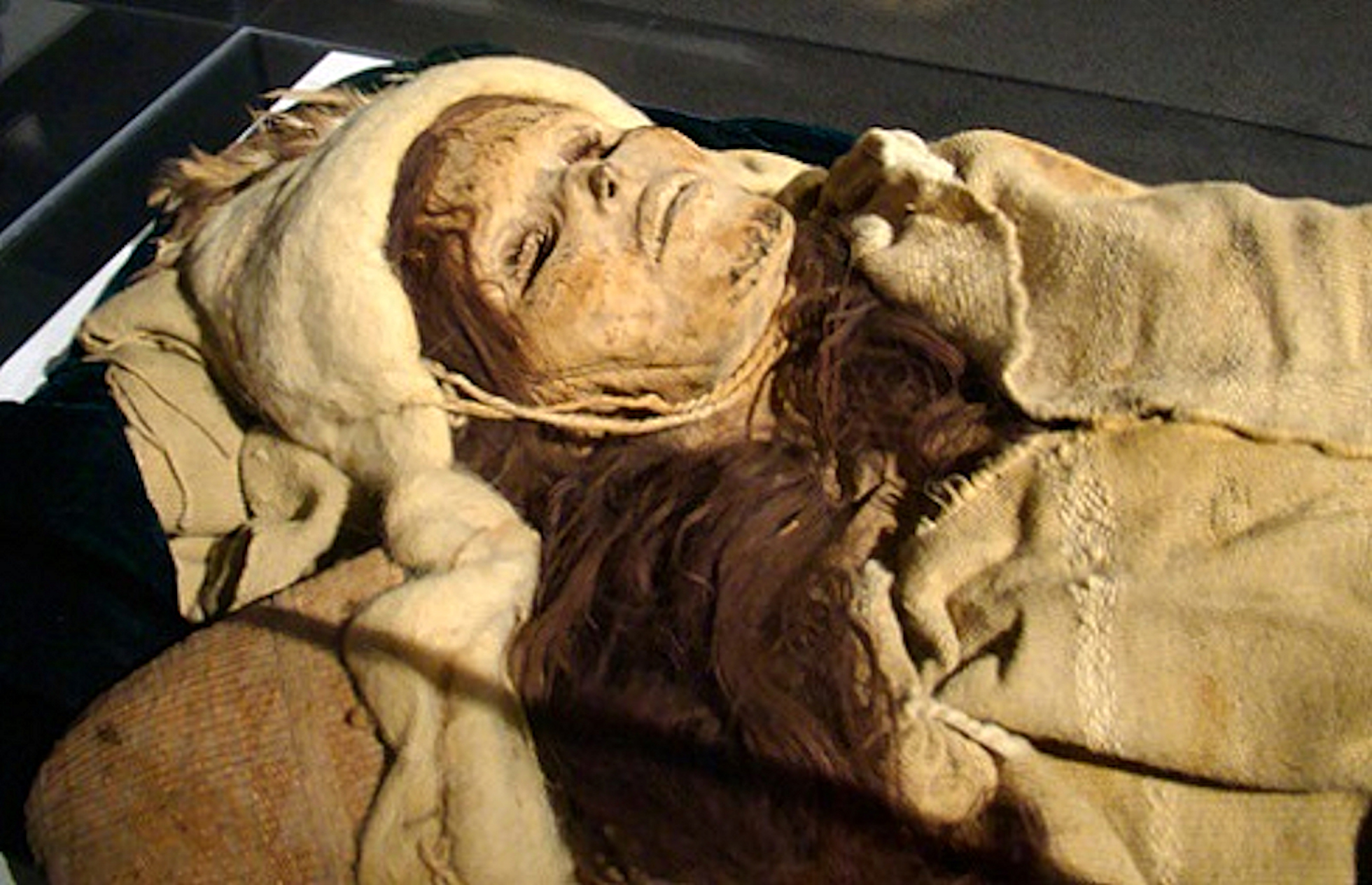The Loulan Beauty, a remarkable artifact from around 2000 B.C., is currently showcased at the Xinjiang Museum. This well-preserved body belonged to a woman who lived during the Bronze Age, approximately 4,000 years ago, between 1900 and 1800 B.C.
Table of Contents
ToggleDiscovery in the Taklamakan Desert
In 1980, Chinese researchers Mu Sun-ing and a team from the Archaeological Institute of the Xinjiang Academy of Social Sciences discovered her remains in the Taklamakan Desert, near the historic Silk Road. This region is part of modern-day Xinjiang, China, and the woman is associated with the Tarim mummies, named after the Tarim Basin where they were found.

Age and Cause of Death
Estimates suggest that she was between 40 and 48 years old at the time of her death. Evidence indicates she had inhaled significant amounts of sand, dust, and charcoal, likely contributing to her demise. This aspect of her death underscores the environmental challenges faced by people living in arid desert conditions.
Cultural Insights
Further analysis of the Loulan Beauty has revealed insights into her lifestyle and the cultural practices of the time. Her clothing, made from wool and textiles, indicates that she may have had access to advanced weaving techniques. The presence of ornamental accessories suggests a society that valued aesthetics and possibly had trade connections along the Silk Road. This highlights the interconnectedness of ancient civilizations and the exchange of goods and ideas.

Environmental Impact on Health
Moreover, studies of her remains have highlighted the impact of the environment on health. The arid conditions of the Taklamakan Desert may have played a role in her respiratory issues, illustrating the challenges faced by ancient peoples in harsh climates. This relationship between environment and health remains a crucial area of study in understanding ancient lifestyles.

Conclusion
The Loulan Beauty not only provides insight into the lives of ancient peoples but also highlights the complex interactions between environment, culture, and health in the past. Her preservation has allowed researchers to explore questions of identity, trade, and adaptation in a pivotal region of early civilization. The study of the Loulan Beauty continues to enrich our understanding of Bronze Age cultures and the factors that shaped their lives.

